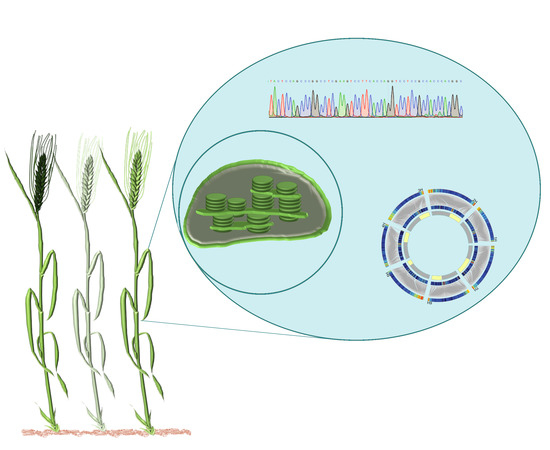Hence there is potential for its use in dye sensitized solar cells.
Use crispr to design solar panel with chlorophyll.
Inside every leaf and blade of grass chlorophyll molecules power tiny chemical factories that transform the energy in sunlight into sugars trees and plants need to grow.
The researchers ran.
Supersonic electrons could produce future solar fuel.
Access to cheap and ubiquitous solar power and storage will transform the way we produce and use power allowing electrification of the transport sector.
A member of the faculty of biology of the lomonosov moscow state university in cooperation with his colleagues has optimized and characterized tio2 based solar cell design using diverse plant pigments.
The study used data collected in 29 connecticut municipalities with more than 680 000 residents in total and included information on rooftop solar panel installations.
His work might lead to a new solar energy system based on photosynthesis which would be cheap and easy to use perfectly suited for.
China s quest for clean limitless energy.
Because chlorophyll can t separate electrons and holes.
In the meantime to ensure continued support we are displaying.
The main objective of this project is to manufacture a tio 2 based photovoltaic pv solar cell using chlorophyll from spinach leaves a mixture of chlorophyll a and b.
In photovoltaic panels this is achieved by using a p n junction to keep electrons and ho.
The chlorophyll was extracted using ethanol.
Various attempts have been undertaken to.
Hoping to replicate that factory nc state professors jon lindsey and gregory parsons are working on a solar cell technology that uses organic materials.
Reported 0 9 photoelectric conversion efficiency of dssc using chlorophyll extracted from wormwood and electrolyte containing lii and 4 tert butylpyridine in acetonitrile acn.
Solar cell design using diverse plant pigments.
Then a comparison of such a tio 2 based chlorophyll sensitized solar cell will be made with solar cells with only chlorophyll a or chlorophyll b as illustrated in the main.
Thylakoid membrane preparations and anthocyanin enriched raspberry extracts have been studied.
The hard part of using solar energy is not absorbing photons but storing the energy in those photons.
Solar panels that run on plants mit researcher andreas mershin.

